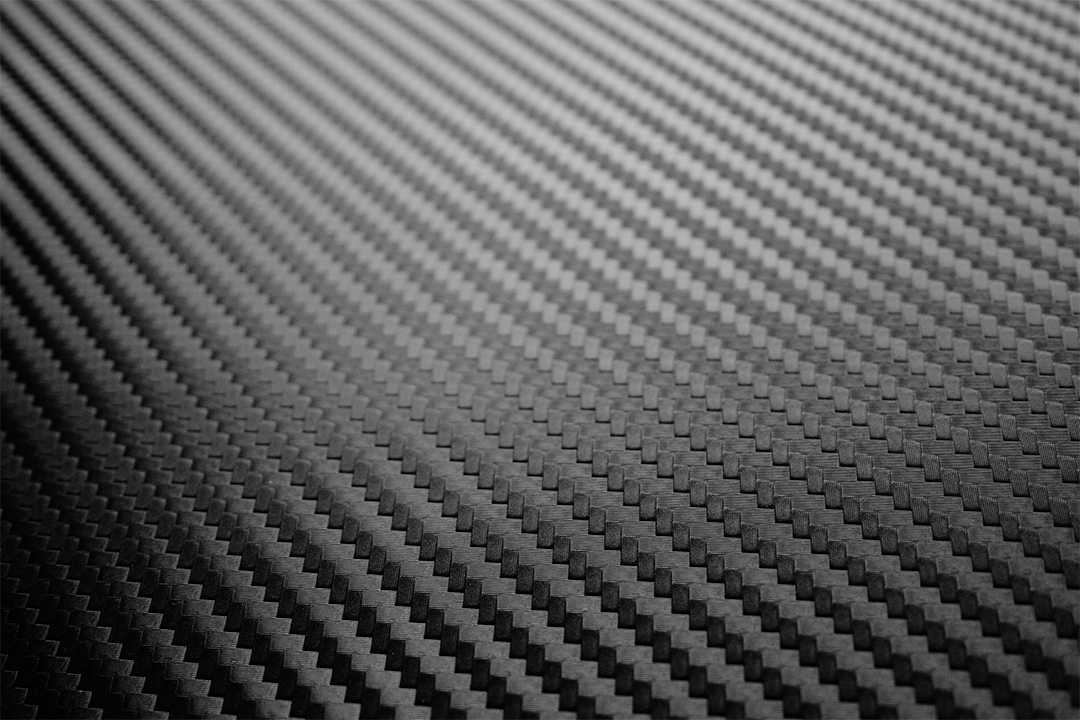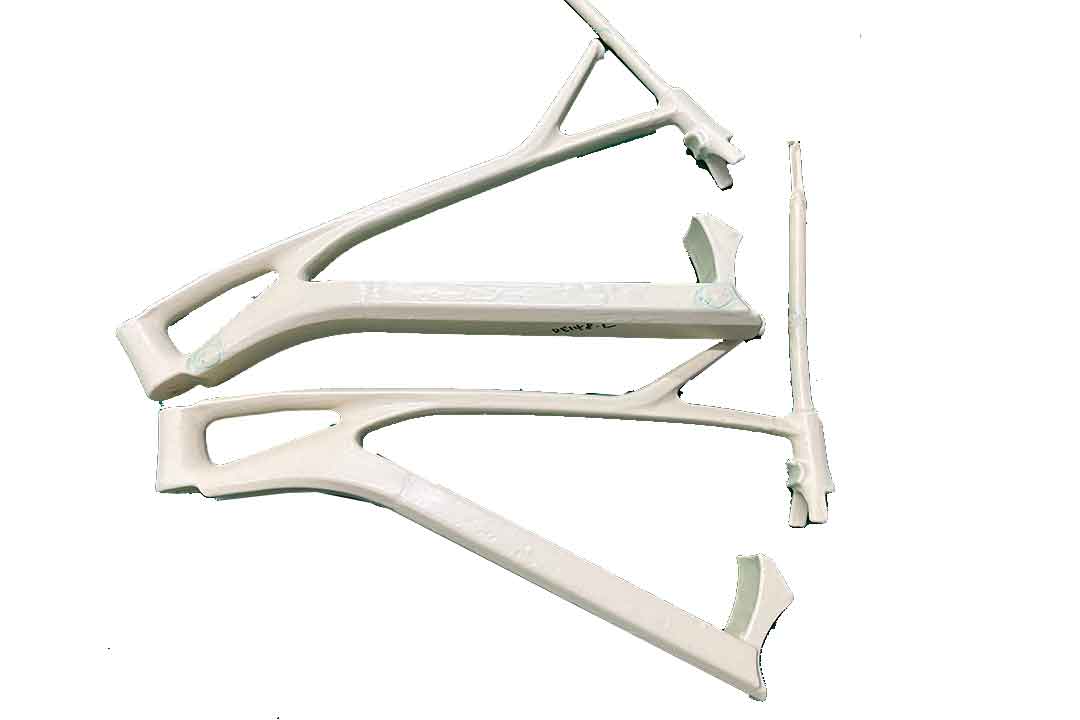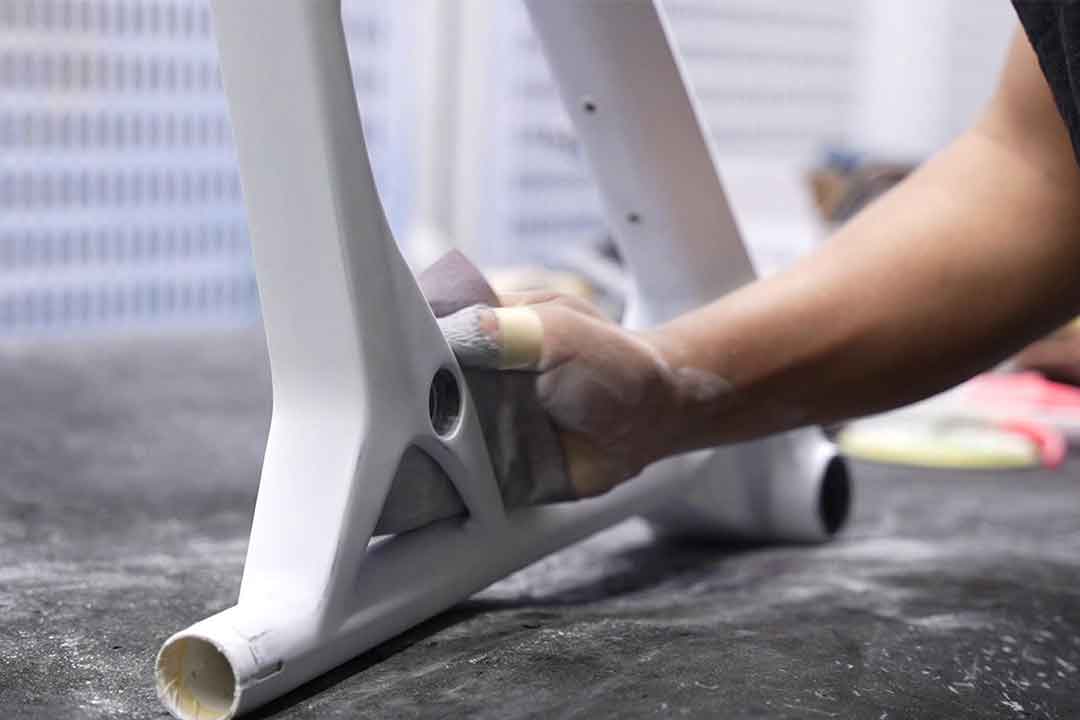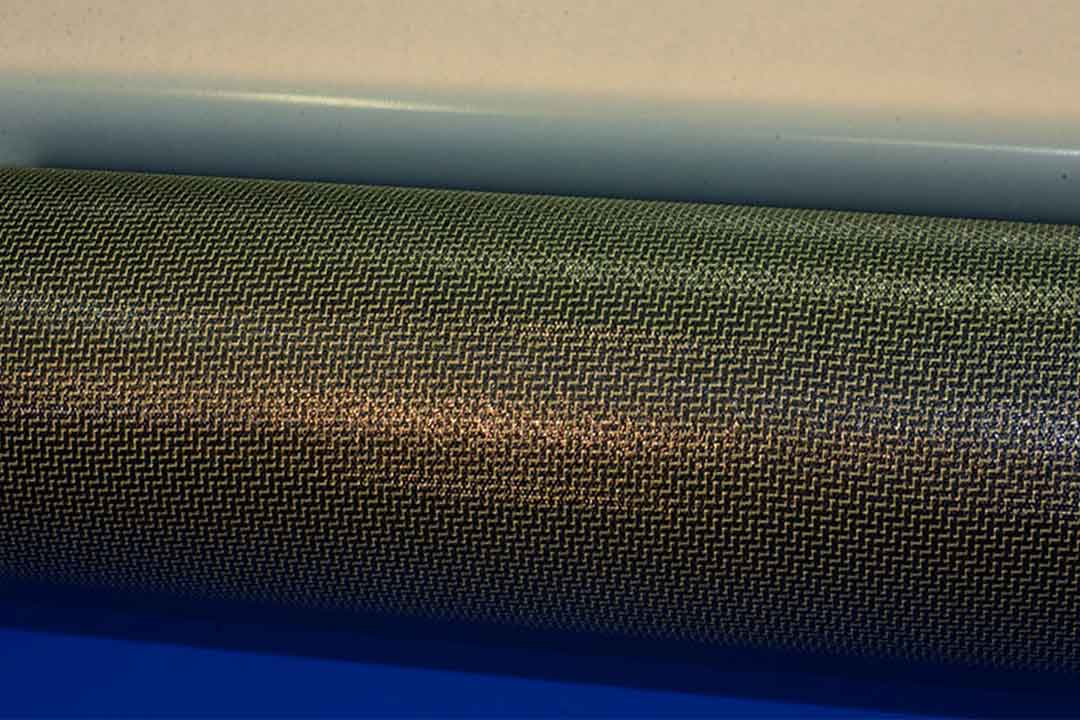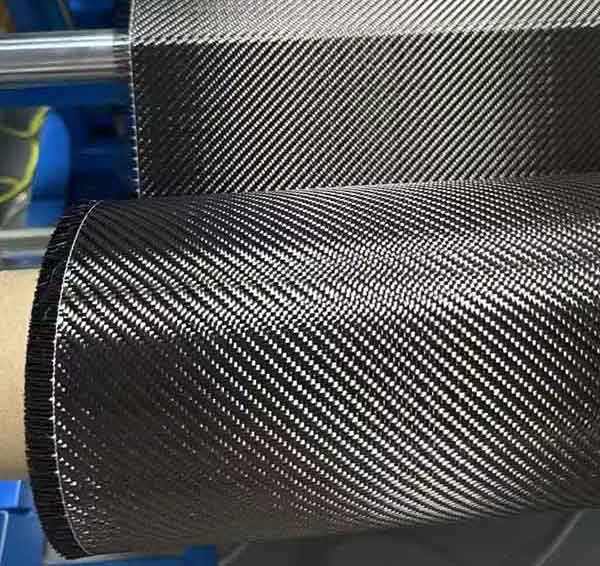Welcome to Mondince Bike - A well-known factory specialized in produce carbon bike frame and other parts since 2007.
The Benefits of Using Carbon Fiber
Carbon fiber is a material that has captured the attention of industries ranging from aerospace to sports equipment manufacturing. Known for its remarkable properties, carbon fiber is an essential component in modern engineering and design. But what exactly makes carbon fiber so special, and why is it used in so many applications? In this article, we will explore the many benefits of carbon fiber, its characteristics, and its various uses. As technologies advance and industries seek innovative solutions, carbon fiber continues to prove its worth by offering unmatched performance and versatility. Its applications span numerous sectors, making it a crucial element in the pursuit of efficiency and sustainability.

Carbon fiber, often referred to as carbon fibre, is a polymer that is lightweight yet extremely strong. It is composed of thin strands of carbon atoms bonded together in a crystalline formation. This structure gives carbon fiber its unique properties, making it superior to many other materials. The formation of these strands into a cohesive material involves intricate processes that enhance its capabilities, allowing it to meet the demands of various high-stress applications. As a result, carbon fiber has become a cornerstone in industries that prioritize performance and durability.
Key Characteristics of Carbon Fiber
Carbon fiber is known for several key characteristics:
- High Strength: Carbon fiber has an impressive breaking strength and ultimate strength, allowing it to withstand significant force without failing. This strength is particularly beneficial in situations where materials are subjected to intense pressure or impact, such as in aerospace components or sporting equipment.
- Low Density: Despite its strength, carbon fiber is lightweight, with a density lower than that of many metals, making it ideal for applications where weight reduction is crucial. This aspect is critical in fields like automotive engineering, where reducing weight can lead to significant improvements in fuel efficiency and handling.
- High Stiffness: The tensile modulus of carbon fiber indicates its stiffness, which is beneficial for maintaining shape and form under stress. This rigidity helps in maintaining the integrity of structures and components, ensuring longevity and reliability.
- Corrosion Resistance: Unlike metals, carbon fiber does not rust or corrode, making it suitable for harsh environments. This resistance extends the lifespan of products and reduces maintenance costs, particularly in marine and outdoor applications.
- Thermal Stability: Carbon fiber can withstand high temperatures without degrading, which is important for applications involving heat. This property is crucial for industries like aerospace, where materials must endure extreme temperature fluctuations without compromising performance.
The Material Properties of Carbon Fiber
Carbon fiber's unique properties are due to its chemical structure and the way it is manufactured. It begins as a raw material known as a precursor, which is typically polyacrylonitrile (PAN) or pitch. The precursor is processed through a series of steps, including oxidation and carbonization, to create the final carbon fiber product. This meticulous manufacturing process ensures that the resulting material possesses the desired mechanical and physical properties that make it so valuable across various sectors.
Strength and Stiffness

The strength of carbon fiber is one of its most notable features. The yield strength and tensile strength of carbon fiber are significantly higher than many traditional materials. This allows it to endure greater loads and stresses without deforming or breaking, making it an ideal choice for structural applications where reliability is paramount. The modulus of carbon fiber, which measures its stiffness, is also exceptionally high. This combination of strength and stiffness allows carbon fiber to handle substantial loads while maintaining its shape, providing both safety and efficiency in design.
Density and Weight
The density of carbon fiber is much lower than that of metals like steel and aluminum. This low density translates to a significant weight reduction in components made from carbon fiber, which is essential in industries like aerospace and automotive manufacturing, where fuel efficiency and performance are directly impacted by weight. The ability to reduce weight without sacrificing strength or durability is a game-changer, offering improved speed, agility, and energy efficiency across various applications. This makes carbon fiber a preferred material in industries striving for enhanced performance and sustainability.
Applications of Carbon Fiber
Carbon fiber is used across a wide range of industries due to its favorable material properties. Here are some common applications:
Aerospace and Aviation
In the aerospace industry, carbon fiber is used to construct aircraft components such as wings, fuselages, and tail sections. The reduced weight of carbon fiber components leads to improved fuel efficiency and performance. This reduction in weight also contributes to decreased emissions, aligning with global efforts to make aviation more environmentally friendly. Additionally, the material's strength and durability ensure the safety and reliability of aircraft, making it a critical component in modern aviation design.
Automotive Industry

by Mikael Norsten (https://unsplash.com/@mikael_norsten)
Carbon fiber is increasingly used in the automotive industry to make lightweight, high-performance vehicles. Components such as body panels, chassis parts, and interior elements benefit from carbon fiber's strength-to-weight ratio. This not only enhances vehicle performance but also contributes to better fuel economy and reduced emissions. As automakers strive to meet stringent environmental standards, carbon fiber offers a viable solution for producing more sustainable vehicles without compromising on performance or aesthetics.
Sports Equipment
The sports industry has embraced carbon fiber for its ability to enhance performance. Bicycles, tennis rackets, golf clubs, and even hockey sticks are crafted with carbon fiber to reduce weight and increase strength, providing athletes with a competitive edge. The material's ability to absorb shock and withstand repeated impacts also makes it ideal for high-performance sports equipment, ensuring durability and consistency in performance. This has revolutionized the design and functionality of sporting goods, allowing athletes to push the boundaries of their capabilities.
Wind Turbines
Wind energy is another sector that benefits from carbon fiber's properties. The blades of wind turbines are often made from carbon fiber composites, which are strong enough to withstand the forces exerted by wind while remaining lightweight. This enables the construction of larger and more efficient turbines that can generate more power with less environmental impact. The use of carbon fiber in wind turbines represents a significant step toward achieving sustainable energy solutions, as it enhances the efficiency and lifespan of these critical renewable energy systems.
Comparing Carbon Fiber to Other Materials
Is carbon fiber a metal? The answer is no. Carbon fiber is a composite material, not a metal, which gives it unique advantages over traditional metallic materials. When comparing carbon fiber to metals like aluminum or steel, several factors stand out:
- Weight: Carbon fiber's low density makes it much lighter than metals, contributing to energy savings and performance improvements in applications where weight is a concern. This lightness is a key factor in its widespread adoption, as it enables the development of more efficient and agile products and systems.
- Strength: While metals can be strong, carbon fiber often surpasses them in terms of tensile strength and ultimate tensile strength. This allows for the creation of robust and resilient structures that can withstand demanding conditions, offering advantages in safety and reliability.
- Corrosion Resistance: Unlike metals, carbon fiber does not corrode, which extends the lifespan of components exposed to the elements. This makes it an ideal choice for outdoor and marine applications, where materials are constantly exposed to harsh environmental conditions.
- Flexibility in Design: Carbon fiber can be molded into complex shapes, offering more design flexibility than many metals. This versatility allows designers and engineers to create innovative and custom solutions that meet specific requirements and challenges.
Conclusion
Carbon fiber is a remarkable material with a wide range of benefits that make it suitable for diverse applications. Its high strength, low weight, and resistance to environmental factors position it as a superior choice for industries looking to innovate and improve efficiency. From enhancing the performance of vehicles to contributing to sustainable energy solutions, carbon fiber is at the forefront of modern material science.
Understanding the characteristics and potential of carbon fiber can help businesses and engineers make informed decisions about incorporating this advanced material into their products and systems. Whether it's enhancing the performance of a sports car or improving the efficiency of an aircraft, the benefits of using carbon fiber are clear and compelling. As industries continue to evolve and seek out new ways to achieve sustainability and performance goals, carbon fiber will undoubtedly play a pivotal role in shaping the future of engineering and design. In the ever-evolving landscape of materials science, carbon fiber stands out as a key player, driving advancements and shaping the future of engineering and design.


